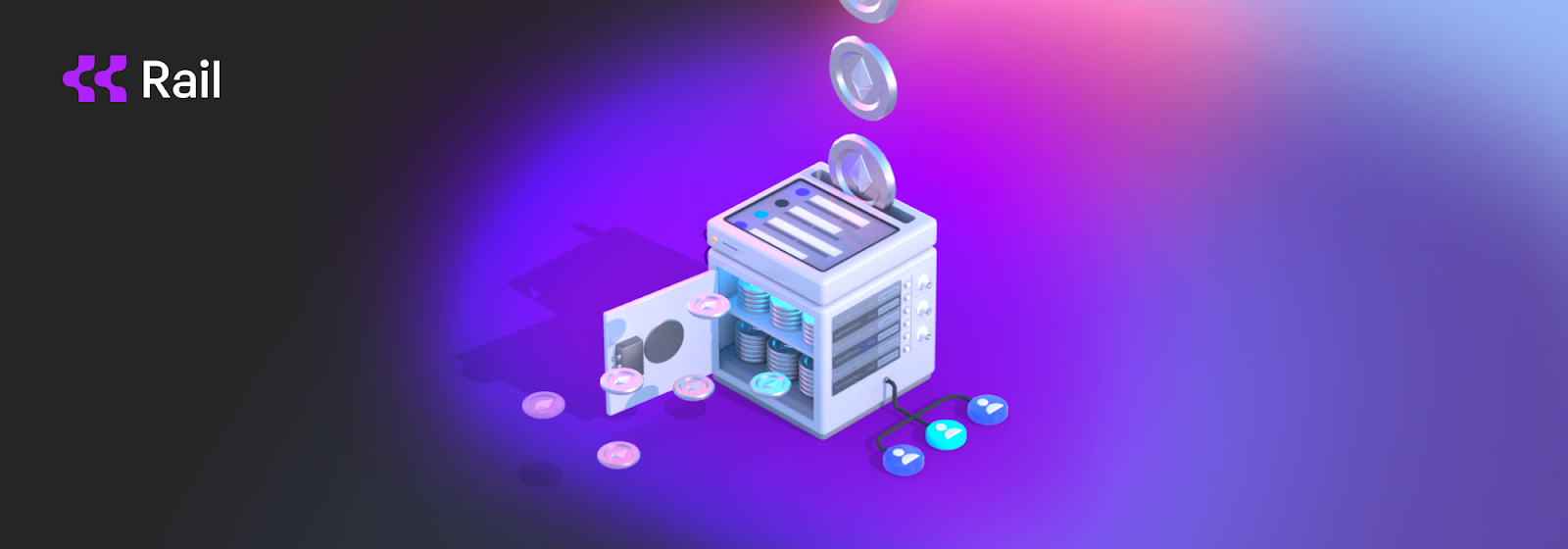
Token incentives are as old as Bitcoin, miners provide computing power and earn BTC in return. Similarly, the Ethereum network has incentive structures in place for validators that stake ETH to secure the network.
What are token incentives?
Token incentives are a powerful tool for crowdsourcing actions to achieve a common goal.
A network (protocol or other entity) rewards people for executing a certain behavior that benefits the network. The participants earn tokens in return to achieve the goal of the network.
Token incentive examples
The Helium blockchain rewards people for running hotspots that provide wireless coverage and verify the Helium Network. Hotspot providers are rewarded in Helium’s HNT token.
The Streamr network rewards people for running nodes that provide bandwidth to the network and enable a real-time data transport layer. Node operators are rewarded in Streamr’s DATA token.
The DIMO network rewards people for connecting their vehicles that crowdsources vehicle data. Drivers are rewarded in DIMO’s DIMO token.
How do you build token incentives?
The structure and issuance of token incentives vary vastly from one organization to another. And designing token incentives and the economics around them can become a long-winded process that can take up a lot of time and resources.
To speed up the process, the Data Union DAO offers an out-of-the-box solution that enables organizations to issue (micropayment) token rewards to their users.
Benefits of using Data Unions smart contracts for token incentives
One major benefit of using the Data Unions smart contracts or SDK is that the end users do not have to be crypto native or have an understanding of what the blockchain is in order to participate.
When a new user joins a Data Union a self-sovereign wallet is created in the background enabling the user to own and hold their own tokens – this enables organizations to onboard mainstream users into crypto.
Another benefit to issuing token rewards via a blockchain is that anyone anywhere can participate, the financial layer is not bound to geographic limitations enabling organizations to achieve faster go to markets globally.
Real world meets token incentives
There are several angles around token incentives, and the most notable ones are from the Lattice Fund and Multicoin Capital.
Lattice defines projects that have existing real world demand that leverage token incentives for the development and deployment of non-fungible physical infrastructure as TIPIN, which stands for Token Incentivized Physical Infrastructure Networks.
Similarly, Multicoin defines their thesis as Proof of Physical Work, which refers to projects that utilize a token to incentivize people to do verifiable work that builds real world infrastructure.
It’s clear that a trend around token incentives and the real world is emerging and that we are going to see more and more projects utilizing token incentives in order to build out physical (and digital) infrastructure networks.
We at Data Union DAO refer to organizations that utilize token incentives as Data Unions, and see our framework as a blueprint for creating new “x-to-earn” business models. So far, three startups using our tech (Swash, DIMO, Unbanx) have raised a total of $30m.
If you are looking for infrastructure to issue token rewards, have a look into our documentation or reach out to the Data Union DAO team via discord.







